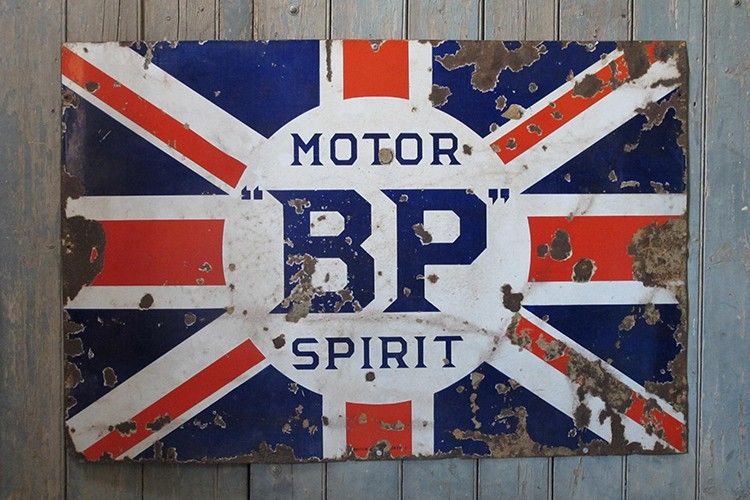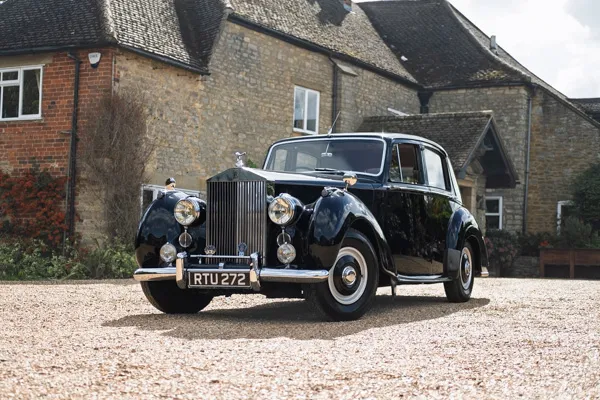Classic vs Supercar Storage: What’s Different and Why It Matters
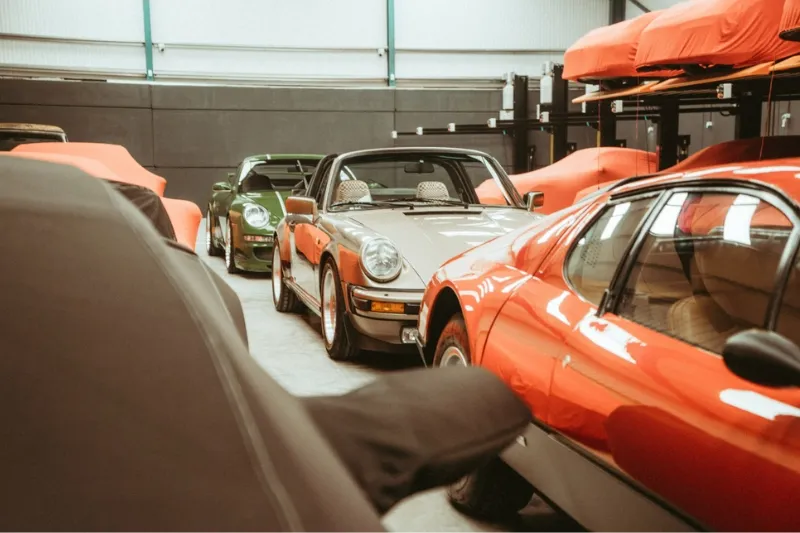
Car Storage
September 24, 2025
The differences at a glance
Supercar-specific risks (and how good storage prevents them)
- Splitters & diffusers - low-angle ramps, guides, no kerbs
- Parasitic battery drain - correct conditioner profile (AGM/Li-ion), tidy cable routing
- Keyless entry risk - Faraday storage, key handling protocol
- Tyre care - set pressures correctly and rotate or shuffle the car periodically. For longer lay-ups, consider tyre cushions (sometimes called tyre cradles) for extra protection.
- Active aero & DCT gearboxes - trained movement only, gentle warm-throughs by agreement
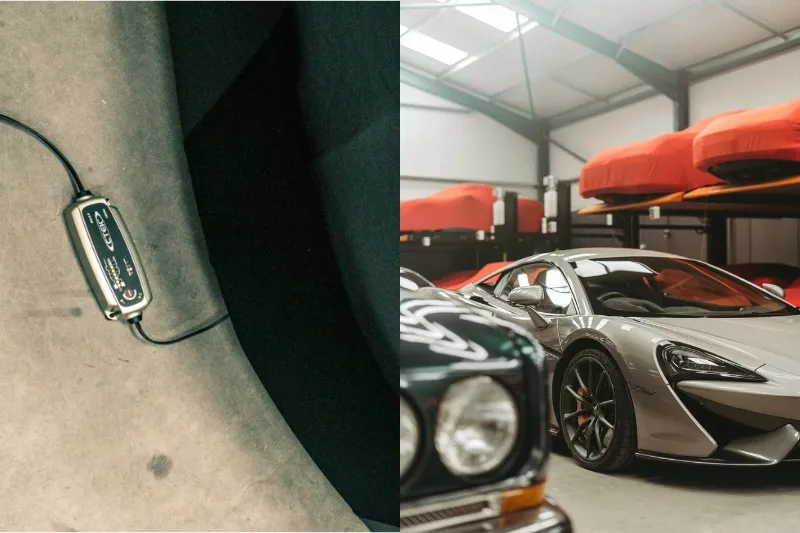
Classic-specific risks that differ from supercars
- Corrosion & interior mould risk (older seals/metals)
- Carb/fuel system issues (ethanol, perishing hoses)
- Lead-acid maintenance & trickle profiles
- Rodents & fabric/leather care
See how Auto Classica handles classics

Where both need the same fundamentals
- Dehumidified, stable environment (RH in the safe band)
- Clean bays, bonnet-out parking, movement logs
- Clear insurance docs and access policy
Interested in Dehumidified Car Storage?
Which setup is right for your car?
If you’ve got a weekend supercar that sits for weeks, choose a dehumidified bay with the correct AGM/Li-ion conditioner profile, bonnet-out parking and quick-book access. At Auto Classica we set tyre pressures to reduce flat-spotting, keep a simple movement log, and (if you choose) schedule gentle shuffles or a brief warm-through so it’s ready to drive at short notice.
For a track-focused supercar (with Silverstone nearby), prioritise splitter-safe ramps, trained handlers and discreet logistics. We can prep the car before events (pressures, battery, visual checks), arrange covered transport to and from the circuit, and provide secure overnight storage between track days, so you focus on laps, not logistics.
If you’re storing an appreciating classic that mustn’t deteriorate, preservation comes first: stable humidity, breathable cover, lead-acid trickle or AGM profile as needed, and fuel/ethanol management for longer lay-ups. We document movements, avoid unnecessary cold starts, and keep interiors clean and dry to protect leather, wood and seals - so condition and value stay on your side. For longer lay-ups we can place the car on tyre cushions to minimise flat-spotting.
Request a tailored care plan for your car
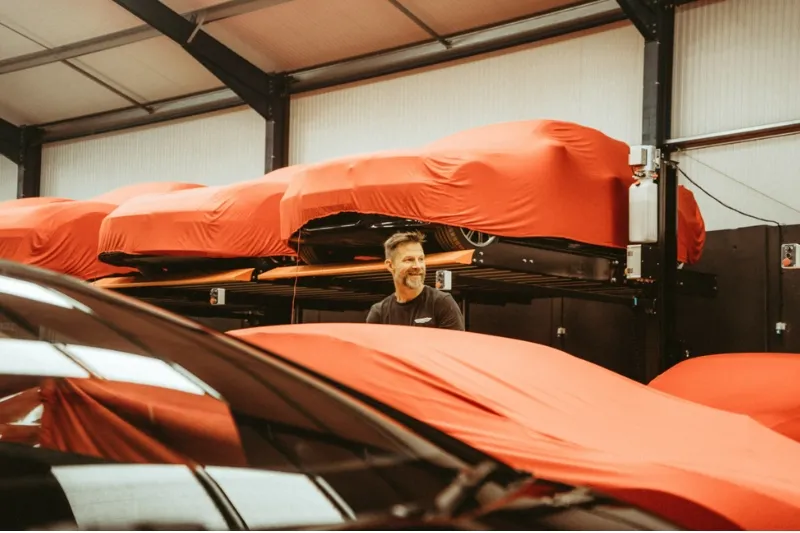
Local convenience (Milton Keynes, London & Home Counties)
Proximity benefits, typical travel times, discrete routes | Our Locations
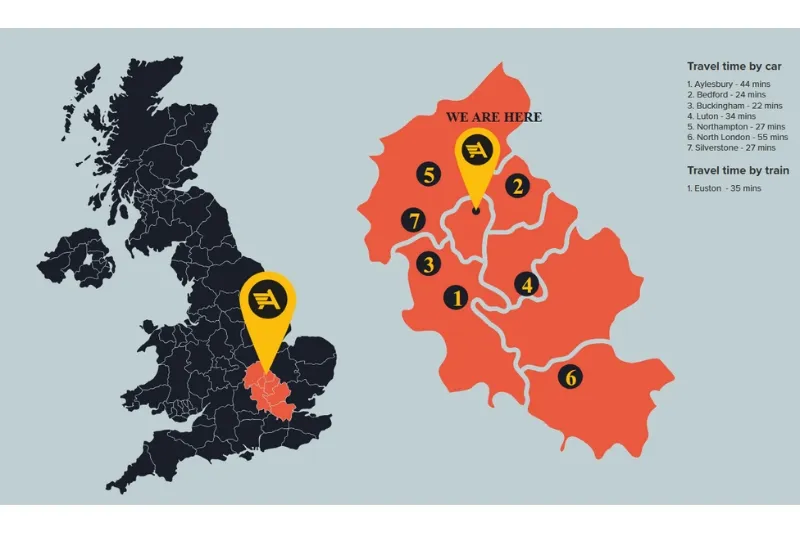
FAQs
Do supercars need a different battery conditioner than classics?
Often, yes. Many classics run conventional lead-acid (sometimes AGM) batteries, while modern supercars may use AGM or lithium (LiFePO₄) 12V units. Use a smart conditioner set to the correct chemistry/mode and keep cable routing tidy; avoid cheap “always-on” trickle chargers. In our facility we supply PAT-tested maintainers and document connections as part of the routine.
Is it safe to store hybrids/EV supercars?
Yes. Just follow manufacturer guidance and treat high-voltage systems with respect. As a rule of thumb, store at a moderate state of charge (roughly mid-pack), disable non-essential background features, and ensure the 12V system is maintained per the OEM. For example, Porsche publishes long-term storage guidance for Taycan owners, and Tesla advises avoiding very low states of charge and charging to appropriate limits. We then add the same environmental protections (dehumidified, secure, controlled access).
Do carbon ceramic brakes need special treatment in storage?
They’re highly durable and far less prone to corrosion than iron discs, but common-sense care still matters: put the car away clean and dry, avoid leaving the handbrake on for long periods (use chocks instead), and keep a simple movement log to prevent pad imprinting. Carbon-ceramic systems are engineered for longevity; sensible storage habits protect them further.
Should I use tyre cushions on a supercar?
Tyre cushions are optional. The big wins are correct pressures and periodic movement to reduce flat-spotting on wide, soft compounds. Cushions add a layer of protection for very long lay-ups or sensitive tyres. Some owners still say “tyre cradles”, but the function is the same. See our guide to choosing the right option. Contact us
How do you protect against keyless theft during storage?
We combine physical security, controlled access and movement logs with key-handling protocols: keys are stored in signal-blocking (Faraday) pouches/boxes, well away from vehicles, and wireless features can be disabled on request. UK police guidance also recommends Faraday pouches and keeping keys out of range - good practice at home, too.
.svg)

